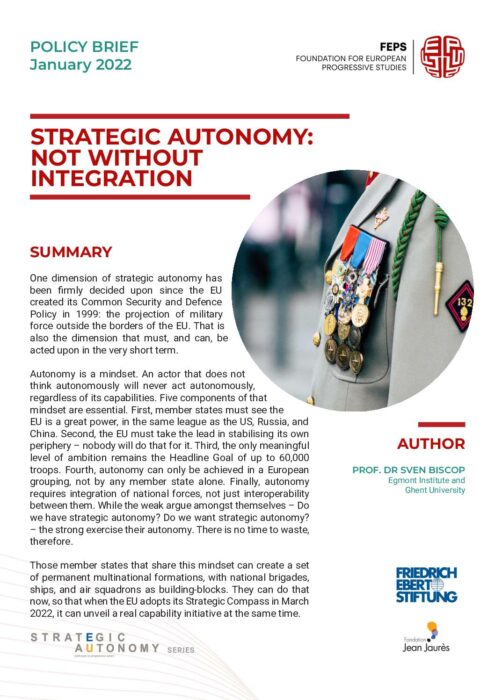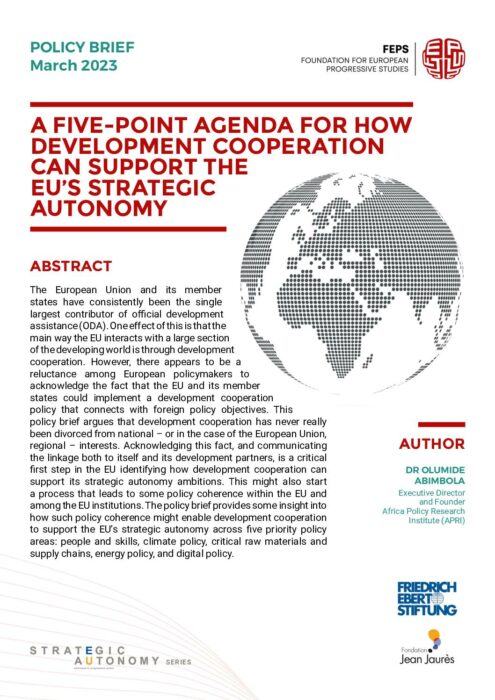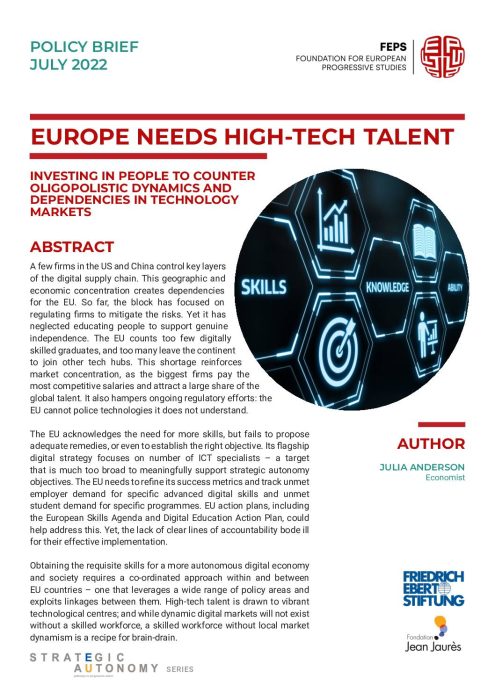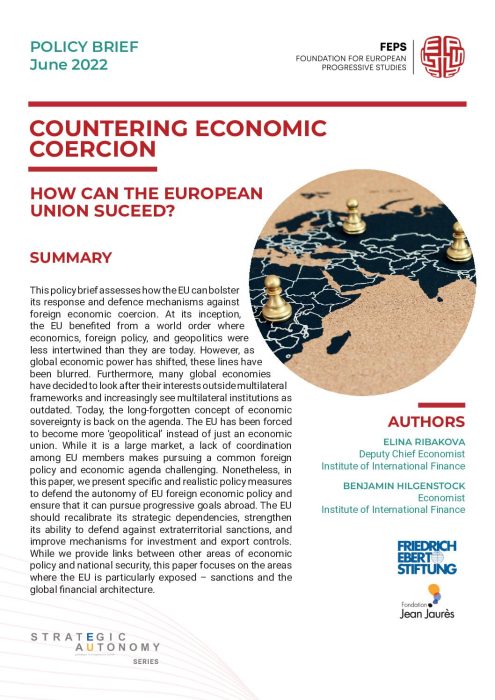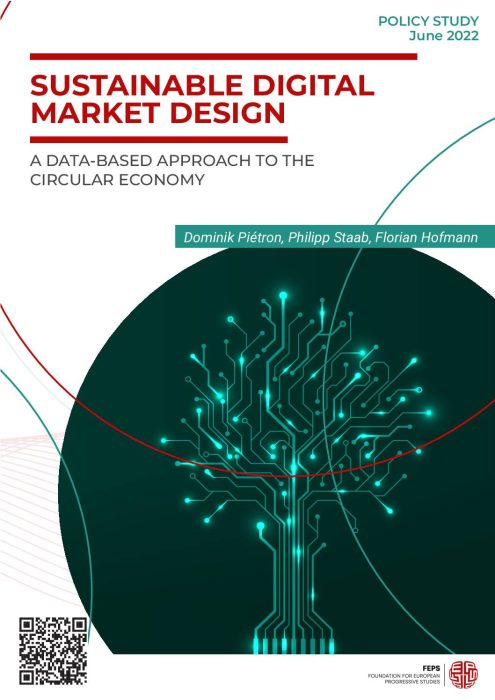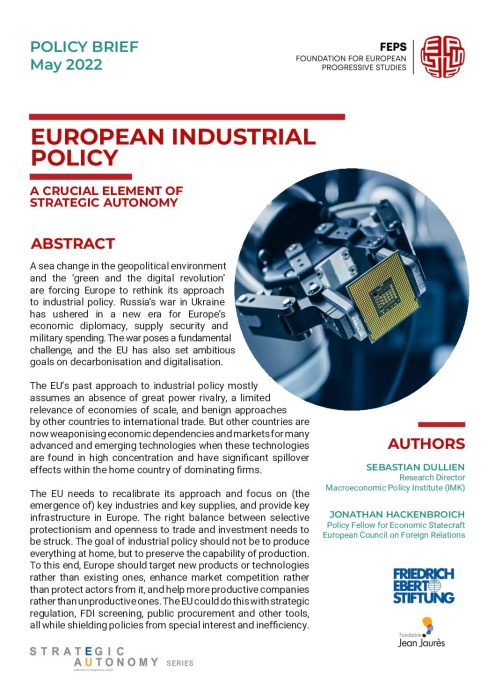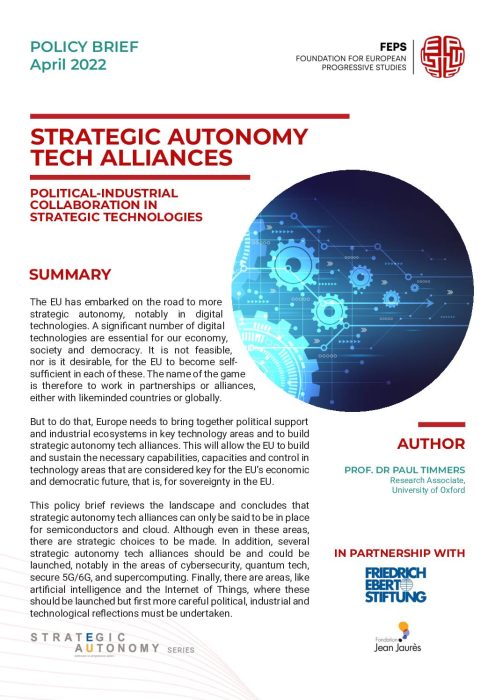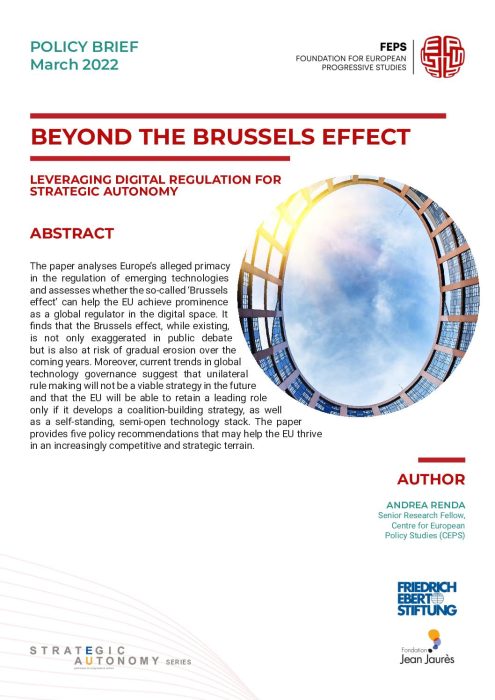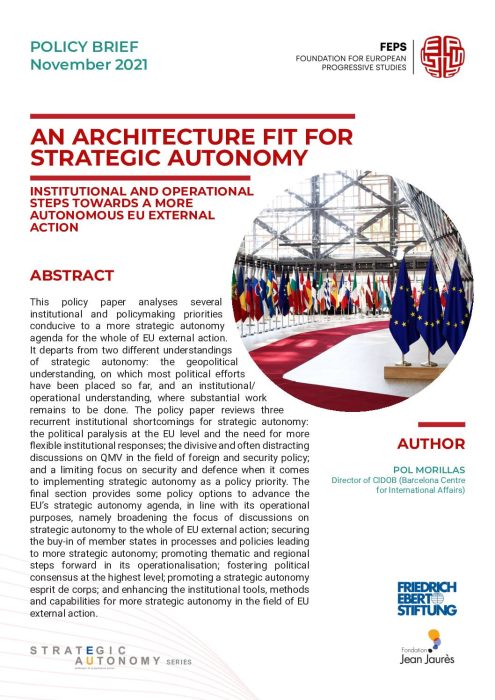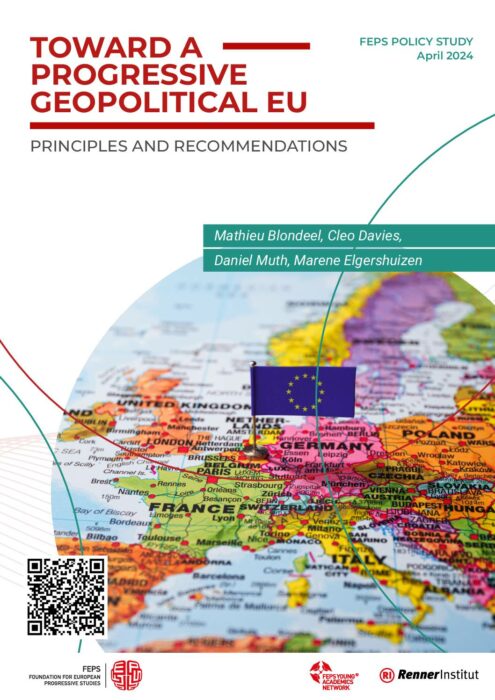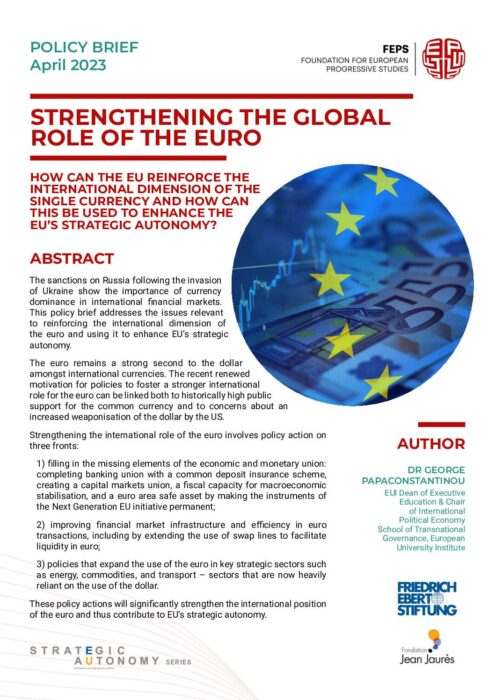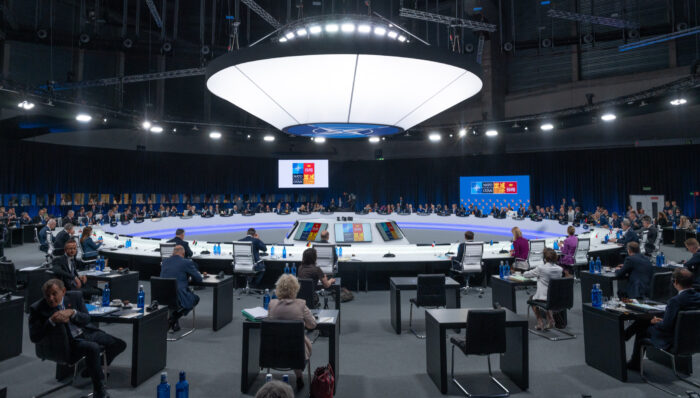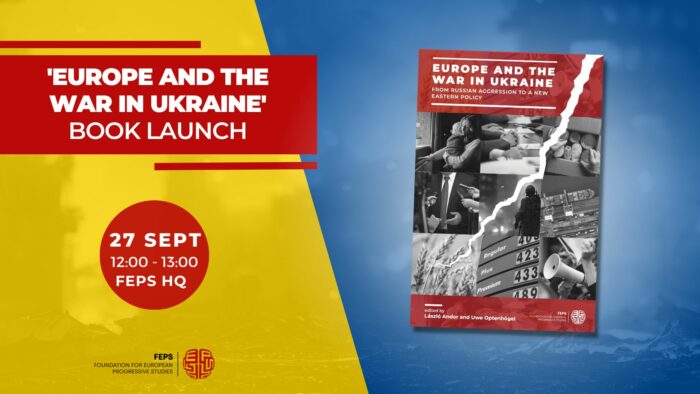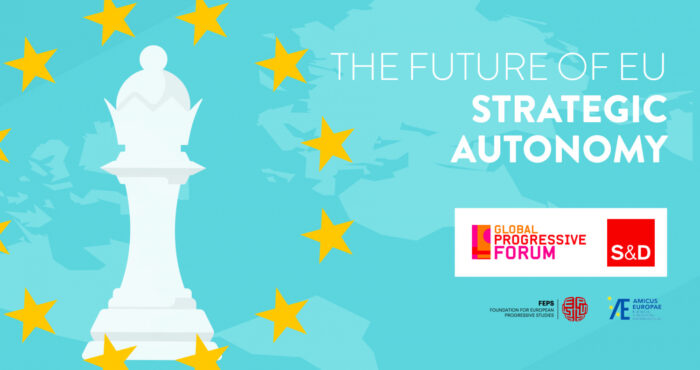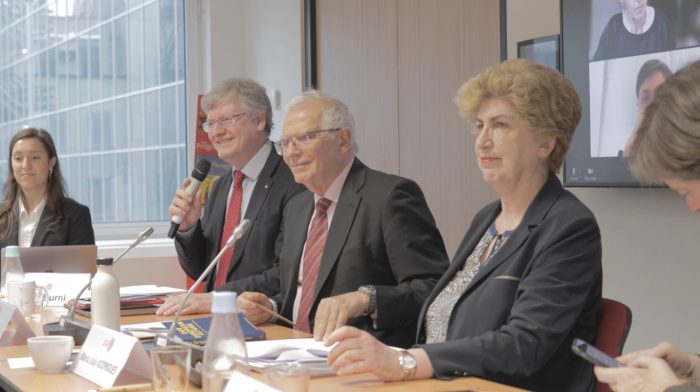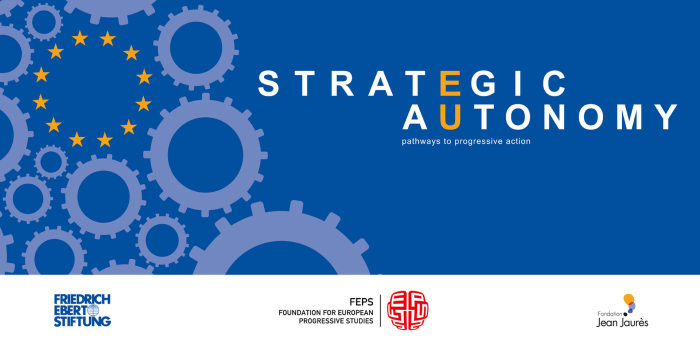Related publications
Find all related publications
Publications
Find all related Progressive Post
Progressive Post
When, back in 2021, as the Foreign Minister of Spain, I approached NATO Secretary-General Jens Stoltenberg about Spain hosting the 2022 Summit, I could not anticipate the very specific circumstances that the alliance faces today. I could not have imagined how decisive the Madrid summit would be for peace and stability in Europe.
Find all related events
Events
Past
27/09/2023
FEPS HQ, Brussels
03/03/2023
Warsaw, Poland
07/11/2022
FEPS HQ, Brussels (Closed-door)
Find all related news
News
Find all related in the media
In the media

